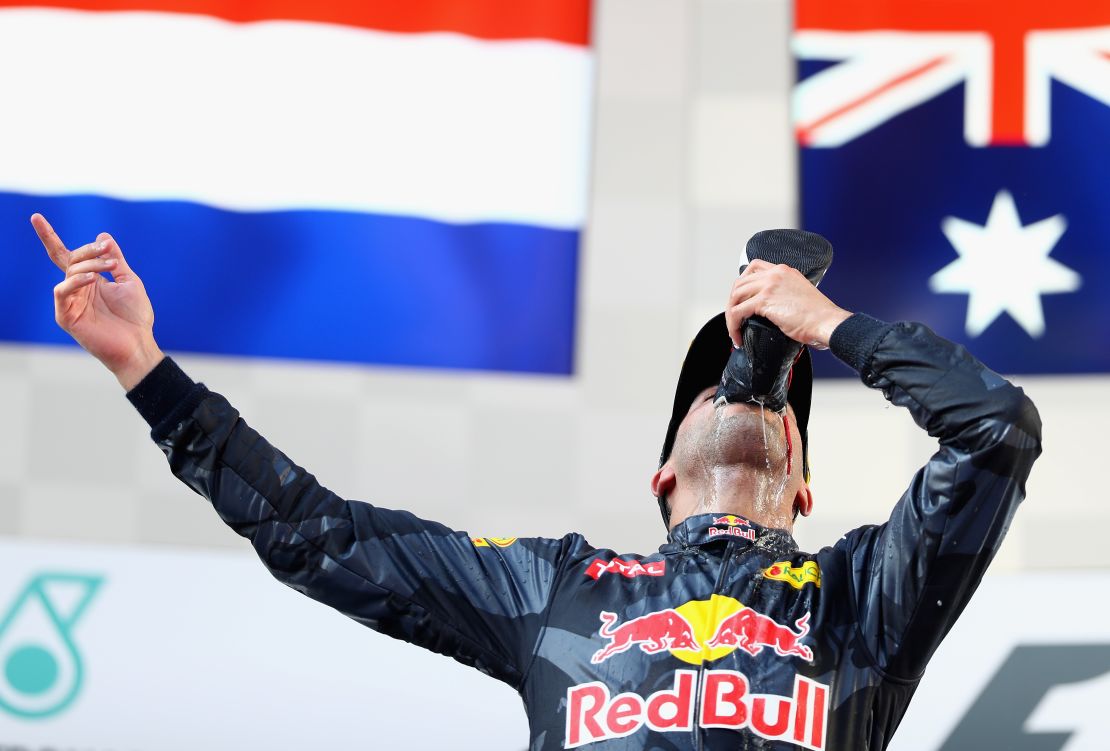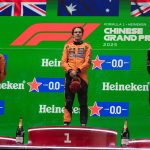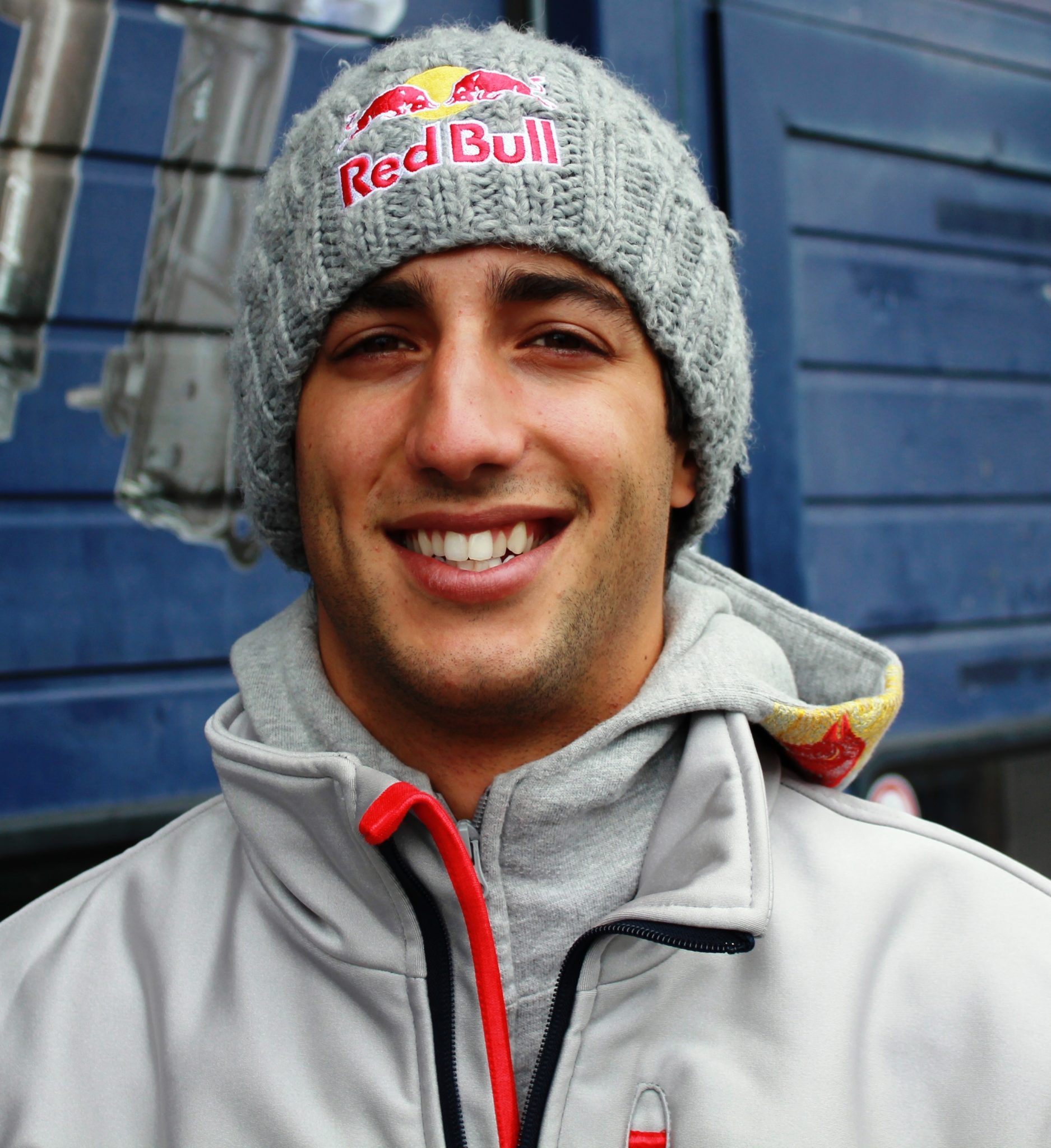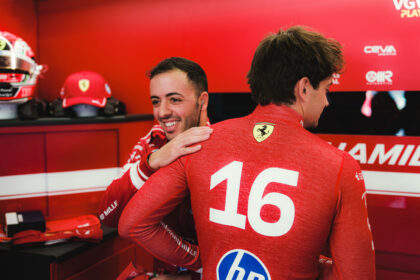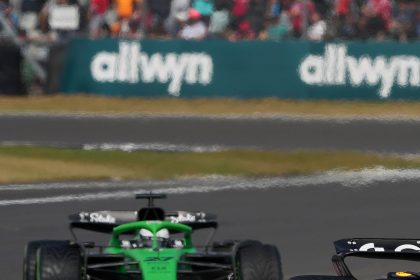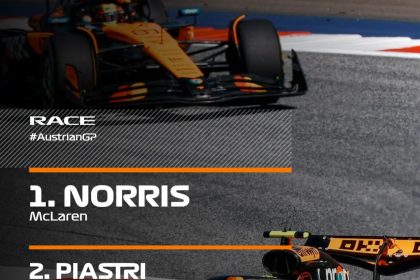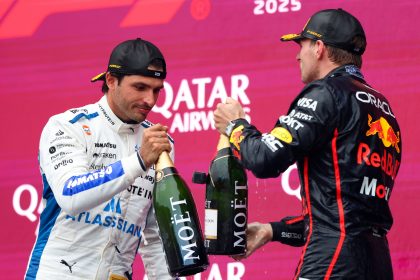If Formula 1 is a theatre of dreams, Daniel Ricciardo is the showman who never quite got the lead role, yet somehow stole every scene. As of June 2025, with Ricciardo’s F1 journey seemingly at its end, the paddock is left to ponder: how did a man with eight wins, a shoey, and a smile wider than the Mulsanne Straight become the sport’s most marketable journeyman—and why does his story resonate so deeply with fans and cynics alike?
- The Honey Badger’s Bite: A Career of Highs, Lows, and Laughter
- The Shoey and the Screen: Ricciardo’s Marketability in the Modern Era
- The Journeyman’s Journey: Teams, Triumphs, and Turmoil
- The “What If” Chronicles: Sliding Doors and Missed Crowns
- The Human Touch: Why Ricciardo Mattered
- The Marketable Maverick: Ricciardo Among the Greats
- The Final Lap: Ricciardo’s Place in F1 History
- Waste a bit more time
The Honey Badger’s Bite: A Career of Highs, Lows, and Laughter
Daniel Ricciardo’s Formula 1 career reads like a script written by a playwright with a penchant for irony. Debuting with HRT in 2011, Ricciardo’s early years were spent in the F1 wilderness, hustling uncompetitive machinery and learning the dark arts of survival. His promotion to Toro Rosso in 2012 was a reward for persistence, but it was his 2014 leap to Red Bull that truly announced his arrival.
That year, Ricciardo did the unthinkable: he outscored Sebastian Vettel, a four-time world champion, by over 70 points. He won three races—Canada, Hungary, Belgium—becoming the only non-Mercedes driver to taste victory in a season otherwise dominated by the Silver Arrows. His overtakes were audacious, his racecraft sublime, and his post-race interviews a masterclass in charm.
But as the years rolled on, Ricciardo’s career became a study in what ifs. What if Red Bull hadn’t botched his 2016 Monaco pit stop? What if he’d stayed with the team instead of seeking greener pastures at Renault? What if McLaren had built a car to match his talent? The answers, like so much in F1, are lost to the wind.
He never won the title he deserved, but for an entire generation Daniel Ricciardo was why you fell in love with F1.
Will Buxton, F1 Digital Presenter (formula1.com)
The Shoey and the Screen: Ricciardo’s Marketability in the Modern Era
In an age where Formula 1 drivers are expected to be both gladiators and influencers, Ricciardo was the first to truly master the dual role. His “shoey” celebration—drinking champagne from his race boot—became a viral sensation, much to the horror (and secret delight) of sponsors and fellow drivers alike. Lewis Hamilton, no stranger to the spotlight, once grimaced his way through a shoey on the podium, cementing Ricciardo’s status as the paddock’s chief mischief-maker.
But Ricciardo’s marketability wasn’t just about gimmicks. He was the breakout star of Netflix’s Drive to Survive, his wit and warmth cutting through the manufactured drama like a hot knife through butter. New fans, many of whom couldn’t tell a diffuser from a downforce, flocked to his side. In the United States and Australia, he became a household name, a rare feat for a driver without a world championship to his name.
The genesis of that boom is usually considered to have been the Netflix smash hit series ‘Drive to Survive,’ which turned Ricciardo from an ambitious racing driver into a bonafide superstar.
Nate Saunders, ESPN (ESPN Ricciardo career)
His partnerships with brands like Beats and GoPro, frequent talk show appearances, and a social media presence that oscillated between self-deprecating humor and genuine insight made him a marketer’s dream. In a sport often accused of being too corporate, Ricciardo was the antidote: authentic, unpredictable, and, above all, fun.
The Journeyman’s Journey: Teams, Triumphs, and Turmoil
Let’s not sugarcoat it: Ricciardo’s career is a patchwork of brilliant highs and frustrating lows. After his Red Bull zenith, he made the bold (some would say baffling) decision to join Renault in 2019. The move was meant to make him the focal point of a works team, but instead, it yielded just two podiums in two years. His subsequent switch to McLaren brought a famous win at Monza in 2021—McLaren’s first in nine years—but also a humiliating defeat at the hands of Lando Norris and an early contract termination.
By 2023, Ricciardo was back in the Red Bull family, this time with AlphaTauri (later Visa Cash App RB), hoping for a fairytale return to the top. Instead, injuries and the rise of younger talents like Liam Lawson left him fighting for relevance. His final races were marked by flashes of the old magic, but the writing was on the wall.
His decisions to move first to Renault and then McLaren saw him at the wrong place at the wrong time, his best years flying past him in cars which in no way reflected the abilities of the man.
Will Buxton, F1 Digital Presenter
For the statisticians among us, here’s the cold, hard truth:
Stat | Number |
|---|---|
Race victories | 8 |
Podiums | 32 |
Pole positions | 3 |
Fastest laps | 16 |
Points | 1,335+ |
Races entered | 250+ |
Not bad for a “journeyman,” but not quite the stuff of legend—at least, not by the numbers.
The “What If” Chronicles: Sliding Doors and Missed Crowns
Ricciardo’s career is the ultimate case study in Formula 1’s cruel game of timing. His 2016 Monaco heartbreak, where a botched pit stop cost him a near-certain victory, remains one of the sport’s great “what ifs.” Had he won, perhaps Red Bull would have built the team around him, rather than shifting focus to the precocious Max Verstappen.
His decision to leave Red Bull at the end of 2018, just as the team was poised for a resurgence, is another sliding door moment. Had he stayed, he might have been in a race-winning car in 2020 and 2021, with a genuine shot at the title. Instead, he found himself mired in midfield mediocrity, his prime years slipping away.
Ricciardo’s career is a classic case of ‘what ifs’—from pit stop errors and team politics at Red Bull, to bold but ultimately unfruitful moves to Renault and McLaren, and missed chances to be in the right car at the right time.
Internal F1 historical analysis
And yet, for all the missed opportunities, Ricciardo’s legacy is secure. He is spoken of in the same breath as Stirling Moss, Ronnie Peterson, and Gilles Villeneuve—drivers who never won a title, but whose impact on the sport far outstripped their trophy cabinets.
The Human Touch: Why Ricciardo Mattered
What sets Ricciardo apart is not just his results, but his humanity. In a sport obsessed with perfection, he was gloriously imperfect. He laughed, he cried, he made mistakes, and he owned them. He was, in the words of one commentator, “the man himself that Formula 1 will miss.”
His influence extended beyond the track. He inspired a new generation of Australian drivers, blazed a trail for the likes of Oscar Piastri and Jack Doohan, and showed that you could be both fiercely competitive and fundamentally decent. He was, and remains, a role model—not for his titles, but for his attitude.
Something I realize the older I get is that I do have that platform or that ability perhaps to inspire someone else who was just like me at five, six, 10 years old, whatever it is. And that’s cool. You know, recognizing that, I’d love to give a kid something to aim for.
Daniel Ricciardo (CNN profile)
The Marketable Maverick: Ricciardo Among the Greats
In the last two decades, Formula 1 has seen its fair share of marketable stars: Lewis Hamilton, with his fashion empire and activism; Fernando Alonso, the wily veteran; Max Verstappen, the Dutch dynamo. Yet none have blended approachability and star power quite like Ricciardo.
He was the paddock’s favorite interview, the fans’ favorite autograph, and the sponsors’ favorite wildcard. His off-track impact—be it through Netflix, social media, or his partnerships—helped propel F1 into new markets and new demographics. In the United States, he was the face of the sport’s renaissance; in Australia, he was a national hero.
And yet, for all his marketability, Ricciardo never lost sight of the racing. He was, at heart, a competitor—a man who lived for the late-braking lunge, the improbable overtake, the thrill of the chase. He was, in the truest sense, a racer’s racer.
The Final Lap: Ricciardo’s Place in F1 History
As the curtain falls on Ricciardo’s F1 career, the temptation is to dwell on what might have been. But to do so is to miss the point. Ricciardo’s greatness lies not in the titles he didn’t win, but in the joy he brought to those who watched him try.
He was the smiling assassin, the honey badger who refused to back down, the journeyman who became a superstar. His story is a reminder that, in Formula 1 as in life, it’s not always about the destination. Sometimes, it’s about the journey—and the people you inspire along the way.
For those who want to relive the highs, the lows, and the shoeys, there’s no shortage of material. Start with the Netflix series, revisit his greatest overtakes on YouTube, and, if you’re feeling brave, try a shoey of your own. Just don’t blame me if you regret it.
Waste a bit more time
- Ricciardo’s career is modern F1’s ultimate case of ‘What if?’ – ESPN
- The Mistake That Defined Daniel Ricciardo’s F1 Career – YouTube
- Daniel Ricciardo – Wikipedia
- Which F1 teams has Daniel Ricciardo previously raced for? – GPblog
